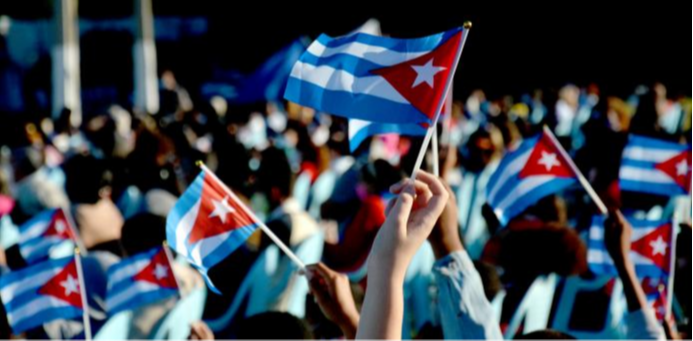
Photo taken from Granma
Havana, October 10 (RHC)-- That glorious dawn in which a sugar mill became the crucible of a liberating struggle; when a bell announced with its peals, for the first time, the call to combat; and an extraordinary man united slaves and landowners, poor and rich, to summon them to fight for freedom, Cuba was born an exalting symbol of identity and a memorable date for all times: October 10, 1868.
There, in La Demajagua, the irreverent spark that the land oppressed by the Spanish Metropolis needed so much was ignited. There, very close to the sea, an unpostponable feat to abolish slavery and embrace sovereignty began. There, under a bright sun, the Cuban nation and the genesis of what we are today as a people began to be forged.
At the head of that uprising, a man of integrity: Carlos Manuel de Céspedes, the patrician from Bayamo who became the initiator of our independence struggles, and who in the solemnity of the moment exclaimed: “Citizens, this sun that you see rising on the summit of the Turquino comes to light the first day of freedom and independence for Cuba.”
What happened then would be shocking. With a hand-stitched banner, a clear manifesto and an unbreakable ideal, the outbreak of the Great War took place. Together with Céspedes, other patricians and landowners with heroic lineage, slaves dignified as citizens and free peasants were ready to set out for the manigua to conquer, with their honor and their blood, the freedom of the Homeland.
hey were armed only with a few firearms, some spiked spears and machetes to cut cane. But they were exalted by decorum.
“That was Cuba, Cubans! / That was the native land, / Shameful carnival / Of serfs and tyrants, / But Céspedes with his hands / Raised the free to a throne, / And burning in sacred fury / Just, arrogant, brave, / Transformed the slave into a man, / The colonist into a citizen”, the poet and patriot José Joaquín Palma would later write, moved, about that epic journey.
Since then, October 10, 1868 became a watershed in our history, and the very essence of a unique emancipation process that was later continued by other heroic generations, and that today, 156 years later, we continue to defend under the principle that this free Cuba can never again be a slave (Source: Granma).

